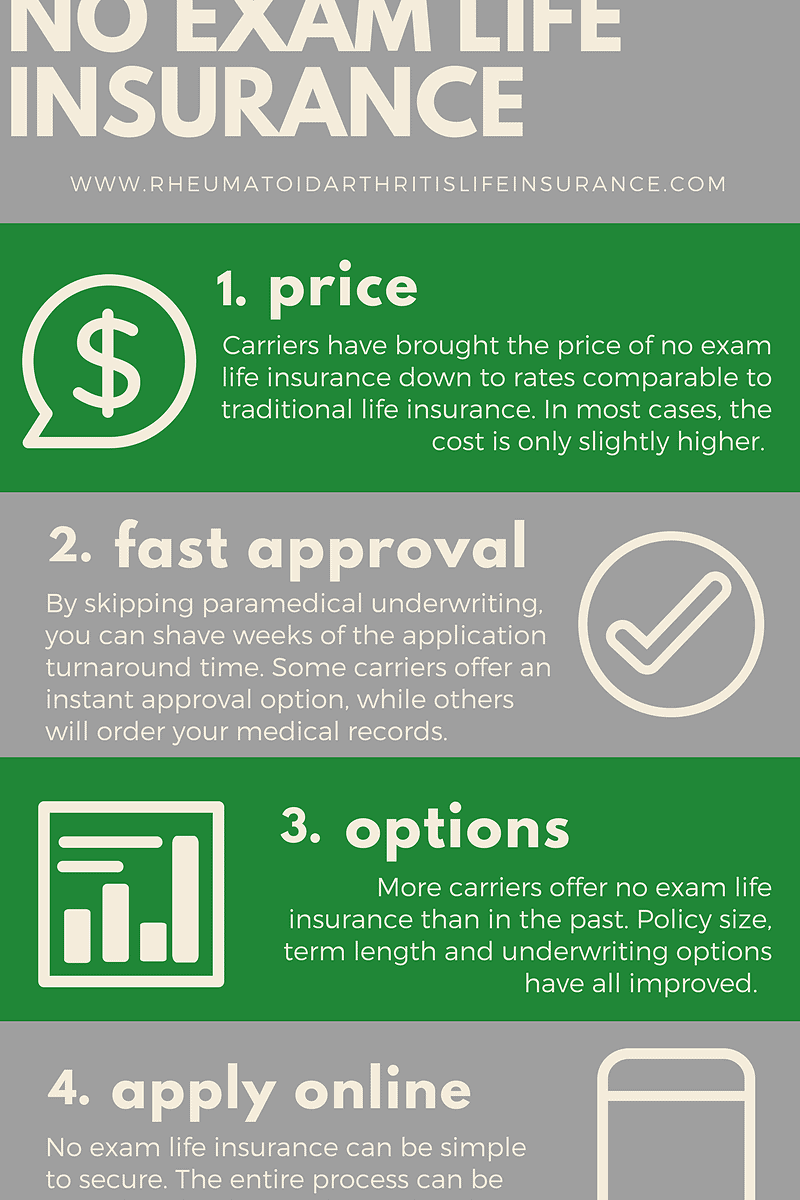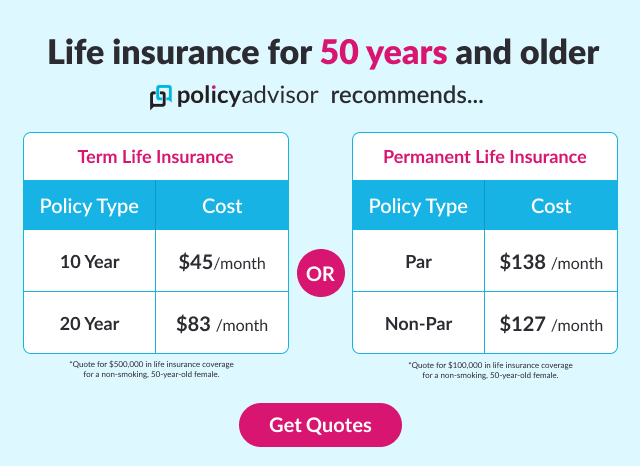.
Being Sued Over a Car Accident
Being sued over a car accident can be a frightening and stressful experience, but it’s important to remember that you have rights. Here are the steps you need to take to protect yourself.
What to Do if You’re Sued Over a Car Accident
**1. Don’t Panic**
The first step is to stay calm and don’t panic. It’s easy to get overwhelmed when you’re being sued, but it’s important to think clearly so you can make the best decisions for yourself. Take a few deep breaths and remind yourself that you’re not alone. There are people who can help you through this.
2. Contact Your Insurance Company
The next step is to contact your insurance company. They will be able to provide you with guidance and support, and they may even be able to cover the costs of your defense. Don’t wait until it’s too late to reach out to your insurance company. The sooner you contact them, the better.
3. Get a Lawyer
If you’re being sued, it’s important to get a lawyer. A lawyer can help you understand your rights and options, and they can represent you in court. An attorney will also be able to negotiate with the other side. Don’t try to represent yourself in court. The legal system is complicated, and you need someone who knows what they’re doing.
4. Gather Evidence
Once you have a lawyer, they will help you gather evidence to support your case. This may include witness statements, police reports, and medical records. The more evidence you have, the better your chances of winning your case.
5. Prepare for Trial
If your case goes to trial, you will need to be prepared to testify. Your lawyer will help you prepare for trial, and they will be there to support you on the day of the trial. A trial can be a long and stressful process, but it’s important to stay focused and remember that you’re fighting for your rights.
Being Sued Over a Car Accident: A Step-by-Step Guide
If you’ve been involved in a car accident and are now facing a lawsuit, it can be an incredibly stressful and overwhelming experience. Navigating the legal system can be complex and confusing, but understanding your rights and taking the right steps can help you protect your interests. Here’s a comprehensive guide to help you navigate the process:
Step 1: Contact Your Insurance Company
Your first step should be contacting your insurance company. They will assign you an attorney to represent you in the lawsuit. Your attorney will be responsible for handling all aspects of the case, including filing motions, negotiating with the other party, and representing you at trial.
Step 2: Gather Evidence and Documentation
Building a strong defense requires collecting as much evidence as possible to support your case. Here’s what you need to gather:
- Police Report: Obtain a copy of the police report from the responding officer. It will contain valuable details about the accident, including witness statements and diagrams of the crash scene.
- Medical Records: Gather all medical records related to your injuries. This includes hospital bills, doctor’s notes, and any medical tests you’ve undergone.
- Witness Statements: If there were any witnesses to the accident, get their names and contact information. Their testimony can provide crucial support for your claim.
- Photographs: Take pictures of the damage to your car, the accident scene, and any other relevant details that could support your case.
- Property Damage: If there was any damage to your vehicle or other property, gather estimates or invoices for the repairs.
Step 3: Respond to the Complaint
Once the other party files a lawsuit against you, you’ll need to respond within a specific time frame. The response will typically include your attorney’s legal arguments and any counterclaims you may have. Failing to respond to the complaint can result in default judgment against you.
Step 4: Engage in Discovery
Discovery is a phase where both parties exchange information and evidence relevant to the case. This includes interrogatories, requests for documents, and depositions. Discovery allows you and your attorney to build a stronger understanding of the facts and legal issues involved.
Step 5: Prepare for Trial
If the case cannot be resolved through negotiations or mediation, it will proceed to trial. Your attorney will guide you through the trial process, present evidence, and argue your case before a judge or jury. The outcome of the trial will determine the liability and damages awarded.
Being Sued Over a Car Accident: A Step-by-Step Guide
Getting sued after a car accident can be a stressful and overwhelming experience. However, by following the right steps, you can protect your rights and increase your chances of a favorable outcome. Here’s a comprehensive guide to help you navigate the process:
Step 1: Seek Legal Advice
First and foremost, it’s crucial to seek legal advice from an experienced attorney. They can provide guidance, represent your interests, and help you build a strong case.
Step 2: Gather Evidence
Next, gather any evidence related to the accident that can support your case. This includes:
- Police reports: Obtain a copy of the police report, which will provide an official record of the accident.
- Witness statements: Collect statements from anyone who witnessed the accident. Their accounts can corroborate your version of events.
- Medical records: Document any injuries you sustained as a result of the accident. These records will provide evidence of your medical expenses and the extent of your pain and suffering.
- Photographs: Take pictures of the accident scene, your injuries, and any property damage. Visual evidence can be invaluable in supporting your claim.
- Insurance information: Gather insurance information for all parties involved in the accident. This will help you file a claim and obtain compensation for your damages.
Step 3: Understand the Legal Process
Once you have gathered evidence, it’s important to understand the legal process involved in being sued over a car accident. Here are some key steps:
- The lawsuit: The person who is suing you will file a lawsuit against you, which will outline their claims and the damages they are seeking.
- Responding to the lawsuit: You will need to file a response to the lawsuit within a specified time frame. This response will admit or deny the allegations made against you and present your defense.
- Discovery: Both parties will exchange information and documents related to the case. This process helps both sides prepare for trial.
- Settlement negotiations: Many car accident lawsuits are settled out of court. This involves negotiating with the other party to reach an agreement that resolves the case.
- Trial: If settlement negotiations are unsuccessful, the case will go to trial. A judge or jury will decide on the outcome of the case.
Step 4: Protect Your Rights
Throughout the legal process, it’s essential to protect your rights. This includes:
- Preserving evidence: Keep all evidence related to the accident in a safe place.
- Communicating with your attorney: Keep your attorney informed of any new developments or changes in your situation.
- Not admitting fault: Do not admit fault to the other party or their insurance company. This could weaken your case.
- Protecting your privacy: Be mindful of what you post on social media, as it could be used against you in court.
Step 5: Seek Resolution
The ultimate goal of being sued over a car accident is to achieve a fair resolution. This may involve a settlement or a verdict in your favor at trial.
Being Sued Over a Car Accident? Here’s What You Need to Know
Being sued over a car accident can be a stressful and confusing experience. If you’ve found yourself in this situation, it’s important to understand your rights and the steps you need to take to protect yourself. Here’s a comprehensive guide to help you navigate the legal process and get the best possible outcome.
Step 1: Contact an Attorney
The first step after being served with a lawsuit is to contact an experienced car accident attorney. An attorney can advise you on your rights, help you understand the complaint, and develop a strategy for your defense. It’s crucial to hire an attorney who specializes in car accident litigation and has a proven track record of success.
Step 2: Review the Complaint
Once you have an attorney, they will carefully review the complaint filed against you. The complaint will outline the allegations against you, including the injuries the other party sustained, the damages they are seeking, and the legal basis for their claims. It’s important to thoroughly understand the complaint so you can prepare your defense accordingly.
Step 3: File a Response to the Complaint
Your attorney will typically file a response to the complaint within a specified timeframe. The response will admit or deny the allegations in the complaint, assert any defenses you may have, and state any counterclaims you may have against the other party. The response is a critical step in the legal process, as it establishes your position and sets the stage for further proceedings.
Step 4: Discovery
After the response is filed, both parties will engage in a process called discovery. Discovery involves exchanging information, such as witness statements, medical records, and insurance policies. The purpose of discovery is to gather evidence to support your respective claims and defenses. During discovery, you may be required to attend depositions, which are out-of-court interviews conducted under oath.
Step 5: Settlement Negotiations
Once discovery is complete, the parties may engage in settlement negotiations. Settlement is a process where both parties agree to resolve the lawsuit without going to trial. Settlements are often beneficial because they can save time, money, and stress. However, it’s important to carefully consider any settlement offers and consult with your attorney before making a decision.
Being Sued Over a Car Accident: A Step-by-Step Guide
If you’ve been served with a lawsuit after a car accident, it can be a stressful and overwhelming time. But don’t panic – there are steps you can take to protect your rights and navigate the legal process. Here’s a comprehensive guide to help you understand what to expect when you’re being sued over a car accident:
Step 1: Understand the Complaint
The first step is to carefully review the complaint. This document will outline the allegations against you, including the specific injuries and damages being claimed. Pay attention to the legal arguments presented and any deadlines for responding.
Step 2: File a Response
Within the specified time frame, you must file a response to the complaint. This response can admit or deny the allegations, raise defenses, or file a counterclaim if you believe the other party is also liable for the accident.
Step 3: Gather Evidence
Building a strong case requires gathering evidence to support your position. This may include witness statements, police reports, medical records, and accident reconstruction reports. Be thorough in collecting and organizing this evidence.
Step 4: Attend Settlement Negotiations
Most car accident lawsuits settle before going to trial. Your attorney will negotiate with the plaintiff’s attorney to reach a settlement agreement that resolves the dispute. Consider the potential costs and benefits of settling versus proceeding to trial when making your decision.
Step 5: Prepare for Trial
If a settlement cannot be reached, your case will proceed to trial. This involves presenting evidence, examining witnesses, and arguing your case before a judge or jury. This phase of the process can be complex and time-consuming, so it’s crucial to prepare thoroughly with your attorney.
Throughout the legal process, remember to stay informed about your case, communicate regularly with your attorney, and follow their advice. Dealing with a lawsuit can be challenging, but by understanding the steps and seeking legal assistance, you can navigate this experience and protect your interests.
Being Sued over a Car Accident
Being sued over a car accident can be a stressful and overwhelming experience. Here are five steps to help you navigate the process:
Step 1: Get Legal Help
The first step is to contact an attorney who specializes in personal injury cases. An attorney can help you understand your rights and options, and can represent you in court.
Step 2: Gather Evidence
Once you have an attorney, begin gathering evidence to support your case. This may include witness statements, police reports, medical records, and photographs of the accident scene.
Step 3: Demand Letter
Your attorney will likely send a demand letter to the other party’s insurance company. This letter will outline your injuries and damages, and will demand compensation.
Step 4: Settlement Negotiations
If the insurance company does not agree to settle your claim, you may need to negotiate a settlement. Your attorney can help you negotiate a fair settlement that covers your injuries and damages.
Step 5: Go to Trial
If settlement negotiations are unsuccessful, the case will go to trial. Your attorney will present your case to a judge or jury, and will argue that you are not liable for the plaintiff’s injuries.
Going to trial can be a daunting experience, but it is important to remember that you have rights. Your attorney will be there to support you and help you get the justice you deserve. By following these steps, you can navigate the legal process and get the compensation you deserve.




Leave a Reply